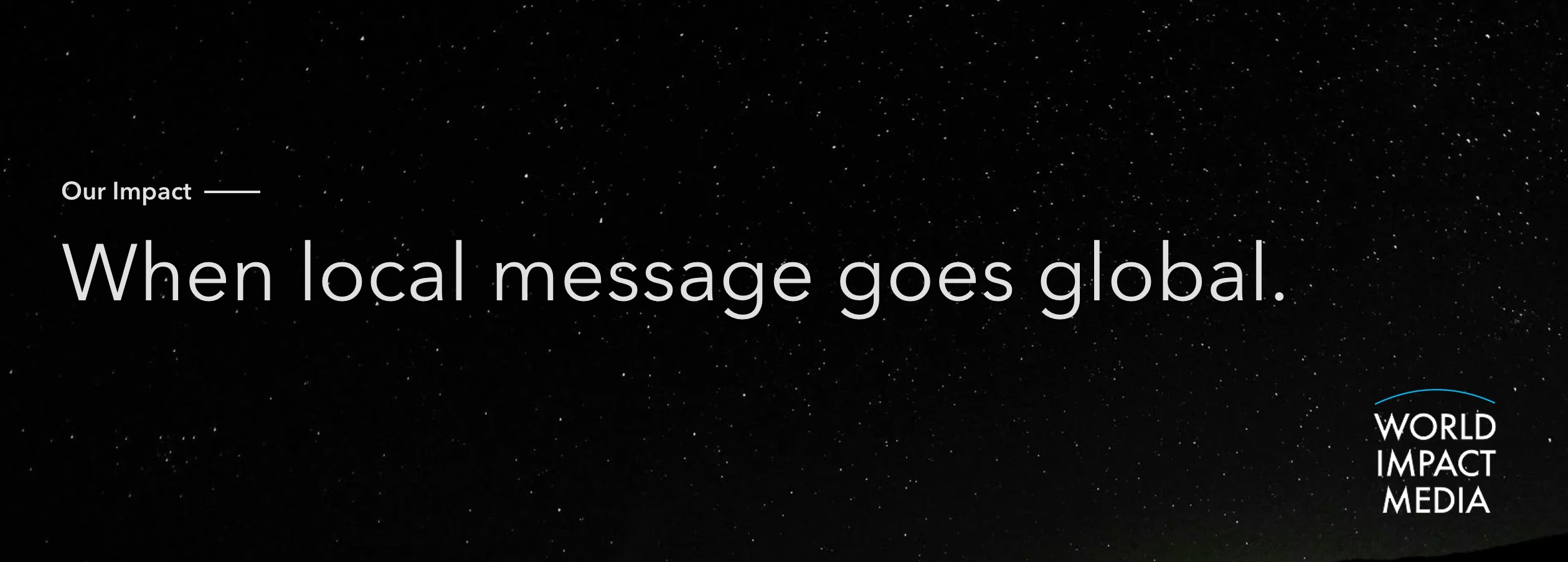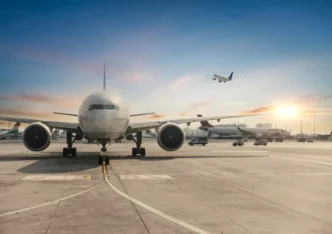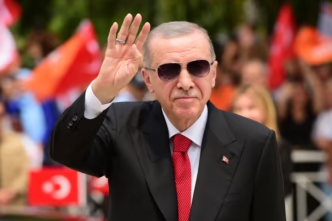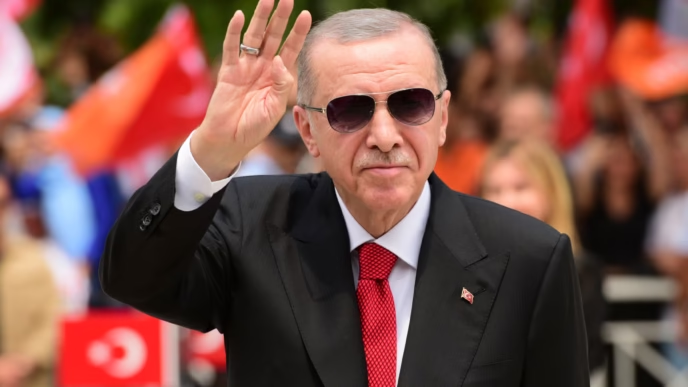In recent years, the global conversation about press freedom has tended to focus on authoritarian regimes—those nations where censorship is openly enshrined, journalists are routinely harassed, and independent media operates under constant threat. What has gone largely unnoticed is a subtler, more insidious trend unfolding not in autocratic states, but in the very democracies that once championed transparency as a defining virtue. A dispute between an English local council and the newspaper tasked with covering it illustrates how the boundaries of press freedom are being redrawn in places long assumed to be immune from such pressures.
The conflict, at first glance, appears minor: a community newspaper criticized a local council’s financial mismanagement, prompting the council to retaliate by restricting the paper’s access to press releases, elected officials, and public meetings. But the dispute quickly escalated from a provincial disagreement into a national debate over the future of press independence in Britain. What began as a local quarrel soon exposed a far larger pattern—one in which democratic governments increasingly test the limits of acceptable pressure on journalists, often exploiting gray areas where censorship can be exercised without appearing as such.
In stable democracies, the suppression of the press rarely takes the form of overt bans or dramatic arrests. Instead, it emerges through administrative maneuvers, legal intimidation, access restrictions, and financial pressure. The English council’s actions—cutting off communication with a critical newspaper—are emblematic of a tactic now spreading across democracies: the quiet withdrawal of cooperation as a form of punishment. Unlike direct censorship, these actions rarely trigger international outrage or human rights investigations. They are subtle enough to avoid headlines, yet impactful enough to chill reporting and weaken the media’s role as a watchdog.
The dynamic is not unique to Britain. Across Europe, North America, Australia, and parts of Asia, democratic institutions are discovering that they can sideline unwelcome journalism by weaponizing bureaucratic tools. Public officials increasingly treat press access not as a democratic obligation but as a privilege bestowed upon those who are “responsible,” “cooperative,” or “fair.” These labels often mask a deeper expectation: loyalty.
The U.S. has experienced similar pressures at multiple levels of government. Local reporters have been barred from city council briefings for criticizing elected officials. State agencies have denied access to data for newspapers that uncovered mismanagement. Political campaigns have revoked credentials from journalists deemed unfriendly. None of these actions constitute legal censorship, yet the cumulative effect is the erosion of journalism’s independence. Press freedom is increasingly governed not by law but by discretion, and discretion is easily abused.
What makes the English case particularly revealing is how normalized these tactics have become. For decades, Britain prided itself on a robust and adversarial press. The idea that a local government could retaliate against a critical newspaper would have once been unthinkable. Today, many councils use social media blacklists, selective communication strategies, and public-relations gatekeeping to manage coverage. These practices operate in the shadows, rarely challenged by courts or watchdog organizations.
This shift reflects a broader global pattern: the rise of administrative censorship. Democracies have learned that they do not need to outlaw journalism to weaken it. Instead, they can drown it in bureaucracy, starve it of information, or strip it of financial stability. They can use non-disclosure agreements, strategic lawsuits, and security laws originally designed for terrorism to discourage investigation. They can consolidate media ownership in ways that reduce diversity of information. They can starve local journalism by withdrawing advertising budgets or funneling public money into government-run media channels that blur the line between communication and propaganda.
The danger of these practices is compounded by the collapse of local journalism itself. With newsrooms shrinking and revenue models failing, the power imbalance between public institutions and local reporters has grown more severe. Councils and agencies often employ full-time communications teams, while the journalists covering them now work with diminished resources. When governments retaliate by cutting off access, many small outlets cannot absorb the blow. The result is a quieter community, a less informed public, and a political environment where misconduct can more easily go unnoticed.
The English dispute demonstrates how fragile democratic norms truly are. Press freedom, long taken for granted, is not safeguarded merely by the absence of authoritarianism. It requires constant vigilance, legal infrastructure, and cultural commitment. When governments—local or national—begin to test how far they can push journalists without triggering public backlash, they gradually expand their ability to manipulate narratives. The erosion is incremental, almost invisible, until suddenly a fundamental democratic pillar has weakened beyond recognition.
The lesson from this local incident is not that Britain is becoming an authoritarian state. Rather, it is that democratic backsliding does not announce itself with dramatic gestures. It begins in small rooms, with minor decisions that seem too trivial to contest. A council blocks a newspaper. A government office declines a reporter’s request. A press credential is quietly revoked. Each act seems isolated, but collectively they form a growing pattern of institutional intolerance toward scrutiny.
As democracies grapple with political polarization, financial instability, and distrust in traditional institutions, the temptation to control the narrative intensifies. Politicians blame the media for sowing division. Officials resent exposure of failures. Social media amplifies hostility toward journalists. The incentives to contain or punish criticism have never been stronger—and the tools to do so without appearing authoritarian have never been more accessible.
If democracies want to preserve the values they claim to uphold, they must recognize that press freedom is not merely about preventing censorship. It is about ensuring that journalists can perform their duties without fear of reprisal, intimidation, or manipulation. It is about protecting access, transparency, and the public’s right to know. A press that is tolerated only when compliant is not a free press at all.
The dispute between a small English council and its local newspaper is therefore not a minor story. It is a warning. Democracies may not silence journalists with the blunt force of autocracy, but they are learning to do so quietly, indirectly, and effectively. And unless these practices are challenged, the world may find that press freedom erodes not through dramatic collapse, but through a thousand quiet cuts—each one small enough to ignore, but together powerful enough to transform the nature of democratic life.
















